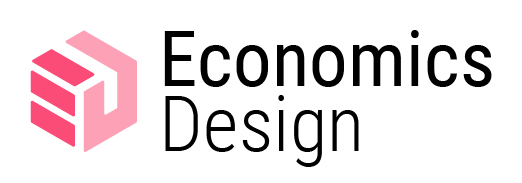
Economics Design
Disclaimer: This is not financial advice.
Introduction
Crypto Economics and Token economics both talk about validation of messages but they do this validation in very different ways. Crypto Economics includes messages of the past, the incentives of the present, and the future expectations. Token Economics is a subset of crypto economics. It is basically economics of the token. In this article we will take a look at the differences between crypto economics and token economics.
Difference #1: Validation Methods
Crypto economics has been defined a long time ago by Vitalik, as we shared in the previous article. It includes messages of the past, the incentives of the present, and the future expectations to allow people to stay within the system. Here, there are some aspects of economics and some aspects of computer science. Everything is around verifying the information or data, and allowing all your agents to come together and agree on the message.
On the other hand, token economics is a very different ballgame. We know what the execution would be and can define it, as it’s all in the smart contract. Then we need to incentivize agents to come into our space and engage in economic transactions and so we need the various incentives and resources. Tokens are a resource, NFTs are a resource and other things that are not traded could be resources in your ecosystem. We are defining the resources in the space, how they use the resources, how they optimize the resources, how do we allocate the resources, how do we distribute the resources and how do we increase or decrease the resources are all related to token economics.
Difference #2: Rational and Irrational Agents
Crypto economics talks a lot about messages and token economics talks a lot about coordination between people. In messages of crypto-economics, it’s more of a game theory of rational agents and rational bots coming together that are looking to exploit or looking to collaborate.
On the other hand, token economics talks about interacting with people, and people are not the most rational beings. It means that people are incentivized by different things. People could join your system today and leave your system tomorrow so how can you use tokens to capture the value being produced by your ecosystem thanks to your economic transactions in the space. These are all the things that you need to consider in token economics as your platform gets more complex and as the economic transactions get more and more complex. This is where tokens come in to help coordinate and organize between these irrational agents in the space.
Can they work together and in separation?
Of course, they can work in separation, and of course, they can come and work together. Crypto economics is your bottom line economics that validates the messages and the execution of economic transactions whereas token economics talks about coordinating between people to allow for transactions to exist. People come together and decide to trade and when they decide to trade a message is formed. This message is then validated by your crypto-economics which is your layer 1 and layer 2.
It sounds like they’re the same thing and they can be quite related but they’re different. They’re quite related because they’re both about validating a transaction but they validate transactions in different ways. One is validating by finding people to connect and trade with and agreeing with all the terms and conditions executed by the smart contract. The other one which is crypto-economics is the validation of these messages where all these messages will be stored in the back end which is the historical information and updating everyone’s balance sheet.
Conclusion
When we talk about crypto-economics it includes both layer 1 and layer 2 as well as the application layer. It can be an all-encompassing term whereas when we talk about token economics it’s very specific to just a platform protocol.
